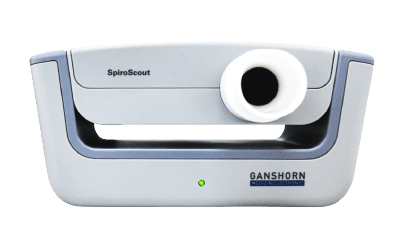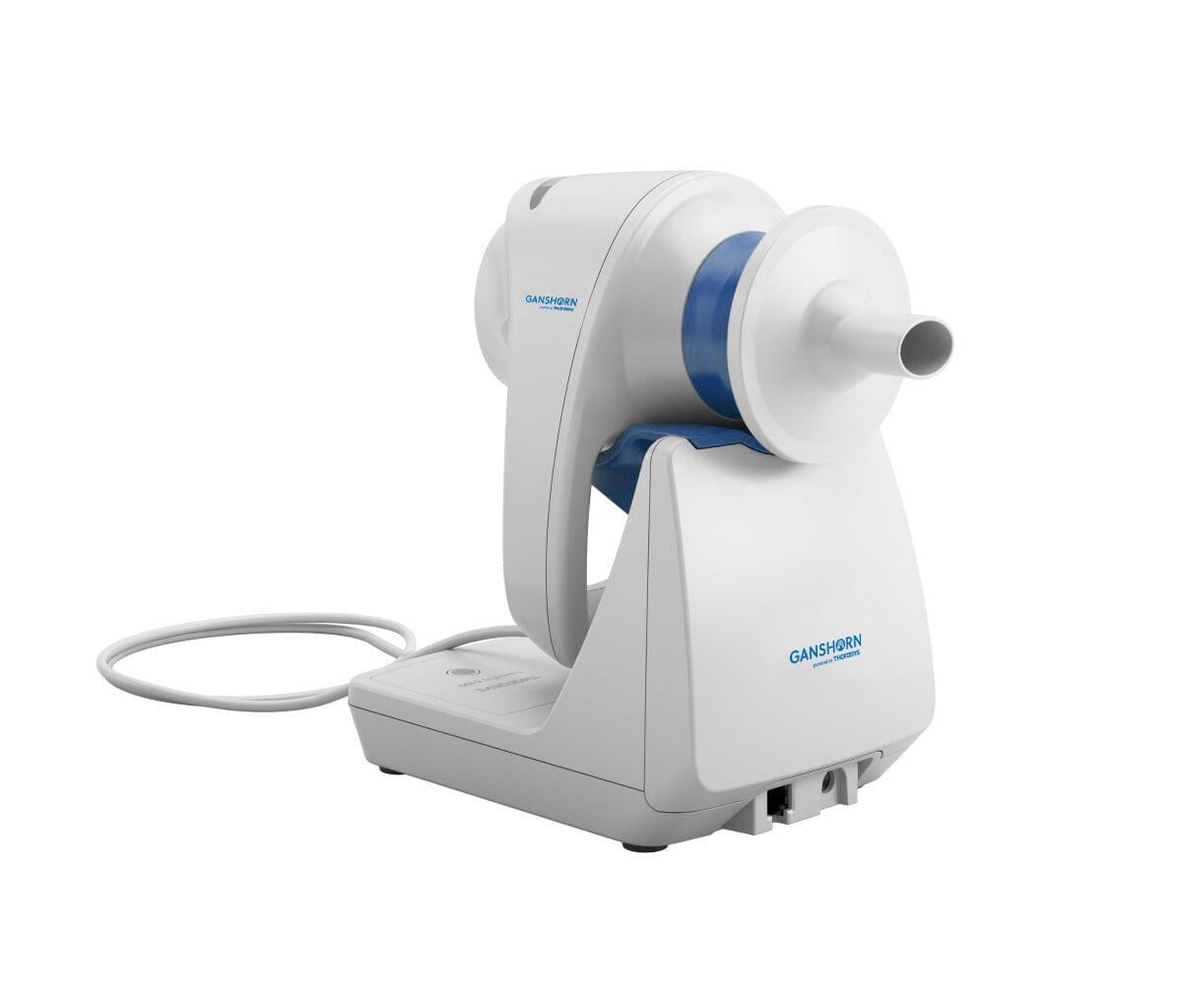By América Torres
Keeping up with the latest advancements in the field of pulmonology is key for providing optimal care to patients, particularly those suffering from asthma. In this blog post, we make a summary of the recently updated 2022 Global Initiative for Asthma (GINA) Guide, highlighting key changes and advancements that pulmonologists need to be aware of.
Summary of Changes in the 2022 GINA Asthma Guide
- Asthma and COVID-19. Updated guidance regarding asthma and COVID-19 emphasizes that patients with well-controlled mild to moderate asthma are not at increased risk of severe COVID-19. However, the risk is higher in patients requiring oral corticosteroids for their asthma and in hospitalized patients with severe asthma. Recommendations for aerosol-generating procedures (precautions when patients cough after spirometry) and advice about influenza and COVID-19 vaccinations (boosters included) have also been updated.
- Diagnosis of Asthma. The Diagnostic Flowchart for Clinical practice (Box 1-1 page 22 of GINA 2022) and text regarding asthma diagnosis have been modified to emphasize the approach to diagnostic testing, depending on whether the patient is already on controller treatment. Clarifications have also been made regarding considerations for testing.
- Asthma Diagnosis and Management in LMICs. The guide now includes additional details about diagnosing and managing asthma in Low- and Middle-Income Countries (LMICs). This is particularly important due to the high burden of asthma morbidity and mortality in these regions.
- Assessment of Symptom Control. Further details have been provided regarding the rationale for excluding the use of as-needed ICS (Inhaled Corticosteroids)-formoterol from the assessment of symptom control. For example, the use of SABA reliever <2 or ≥2 days/week is now considered arbitrary, and the guide mentions several reasons why use of ICS-formoterol reliever divided categorically as ≤2 versus >2 days/week is not included in the composite assessment of symptom control. GINA will continue seeking relevant data to clarify this issue.
- Definition of Mild Asthma. While the definition of severe asthma is clear for everyone, the concept of mild asthma in unclear. GINA considers that this is something that must be addressed because patients and physicians often assume that this means no risk. However up to 30% of asthma deaths occur in people with few symptoms. Therefore, they suggest that the term “mild asthma” should be avoided in clinical practice. And if used, it should be considered that it carries the risk of severe exacerbations and that patients need ICS-containing treatment.
- Treatment Strategies for Adults, Adolescents, and Children: GINA 2022 suggests offering personalized treatment for adults and teenagers over 12 years old to control their symptoms and reduce future risks. The personalized management should include assessment, adjustment & review to meet the individual needs of each patient. The tracks the guide includes for these adults and teenagers is:
Track 1 Use of ICS-formoterol and reliever to reduce the risk of exacerbations.
Track 2 Checking if patient is likely to adhere to daily controller before considering a SABA reliever regimen. (BOX 3-5 A, p. 61 GINA 2022)
For children 6-11, the Guide also suggests assessment, adjustment & review to meet the individual needs of each patient. The preferred controller to prevent exacerbations and control symptoms is low doses of ICS taken in 5 steps. The preferred reliever is short-acting-beta-agonist or ICS-formoterol reliever for MART therapy (BOX 3-5B p. 62 GINA 2022). - Other Noteworthy Changes: Among all thechanges that GINA 2022 includes, it is worth mentioning such as discontinuing the use of chromone pressurized metered dose inhalers globally, cautioning against the use of LAMAs as monotherapy, and considering maintenance OCS (Oral Corticosteroids) as last resort.
Leveraging Asthma Assessment
Staying up to date with the latest clinical guidelines on asthma management is essential. However, it is equally important to rely on powerful and reliable diagnostic tools to effectively assess pulmonary function. By investing in advanced technology, healthcare professionals can ensure accurate and comprehensive evaluations, leading to improved patient outcomes and better decision-making.
SCHILLER- GANSHORN have developed innovative pulmonary function devices that help to enhance patient care. Let´s take a closer look at each, since they are game changers.

SpiroScout

tremoflo®
.
Combining tremoflo®'s oscillometry and SpiroScout's ultrasonic spirometry provides unbeatable results. Don't underestimate the impact that cutting-edge technology can have on enhancing the quality of care provided to individuals with asthma. Make the choice to equip your practice with reliable diagnostic tools and elevate your ability to deliver exceptional care.
Source: Global Initiative for Asthma – GINA 2022
https://ginasthma.org/wp-content/uploads/2022/07/GINA-Main-Report-2022-FINAL-22-07-01-WMS.pdf



